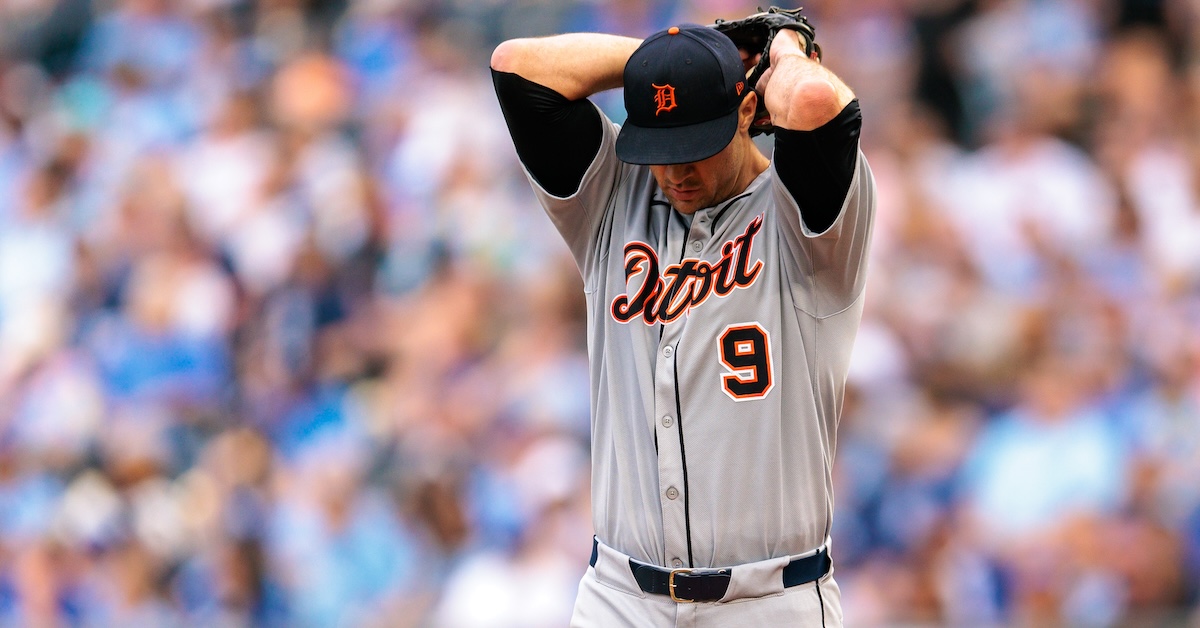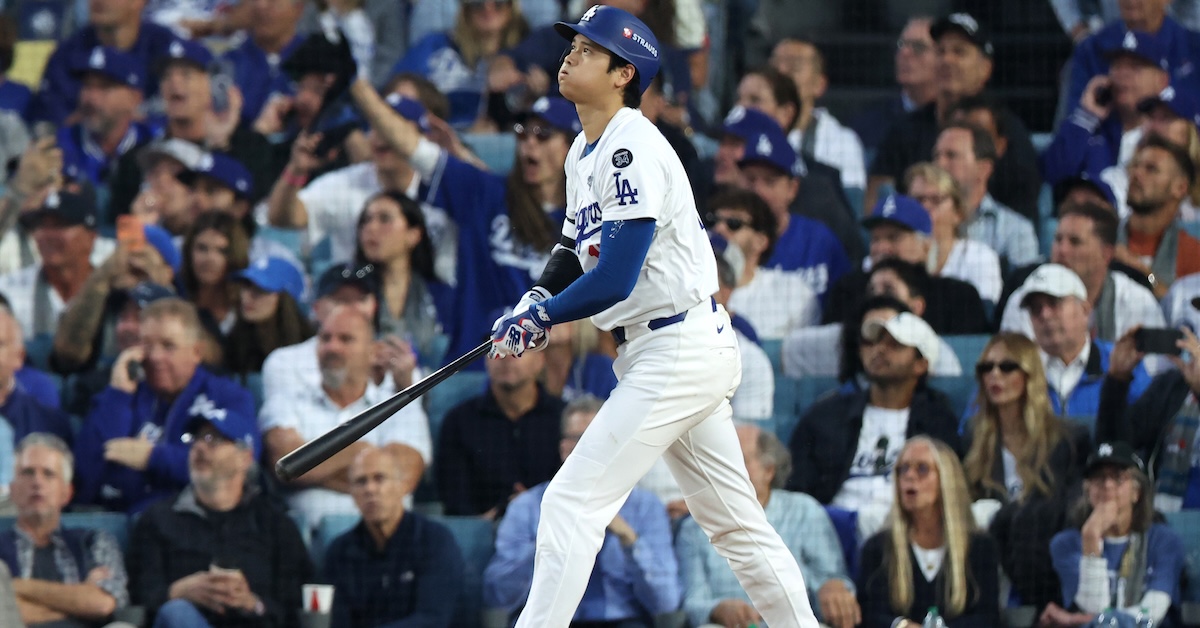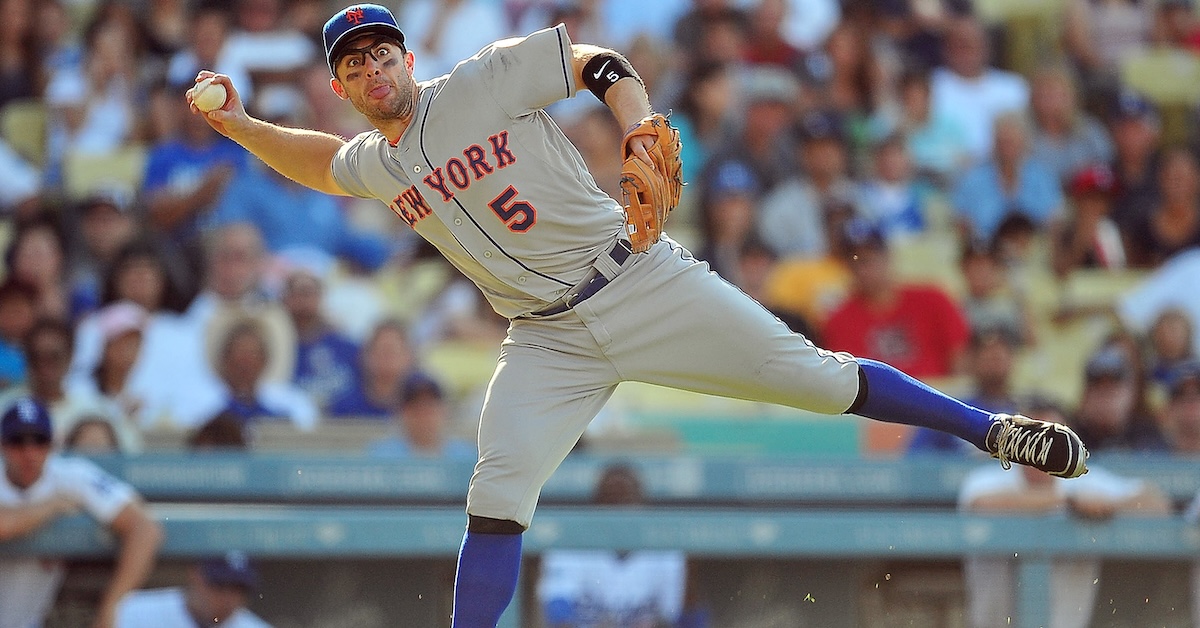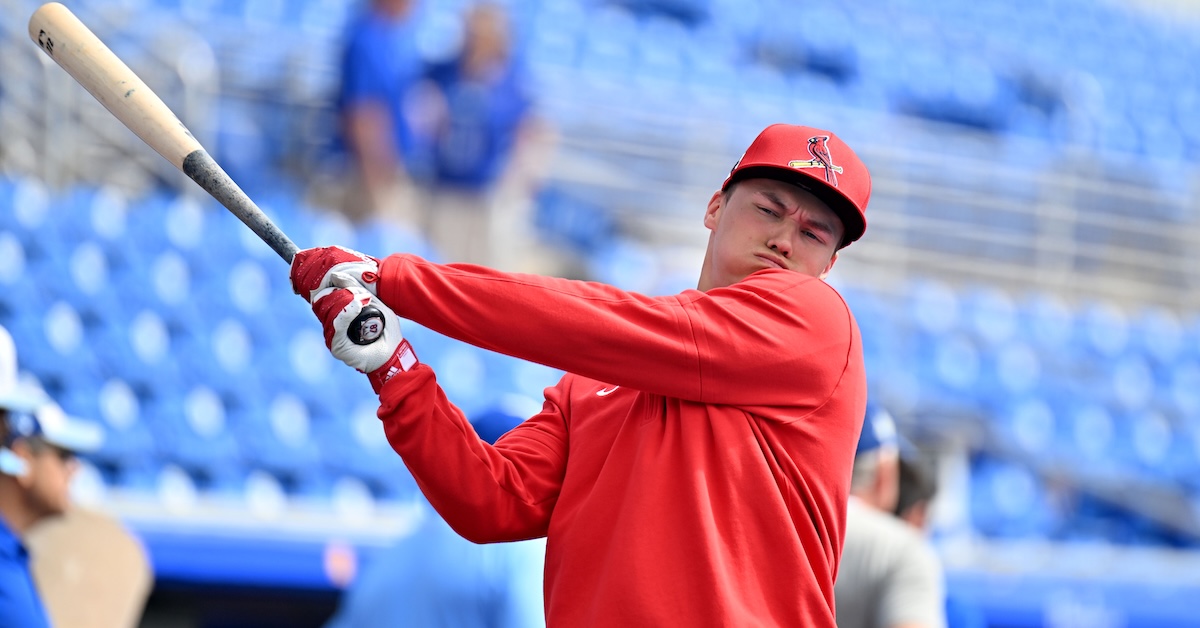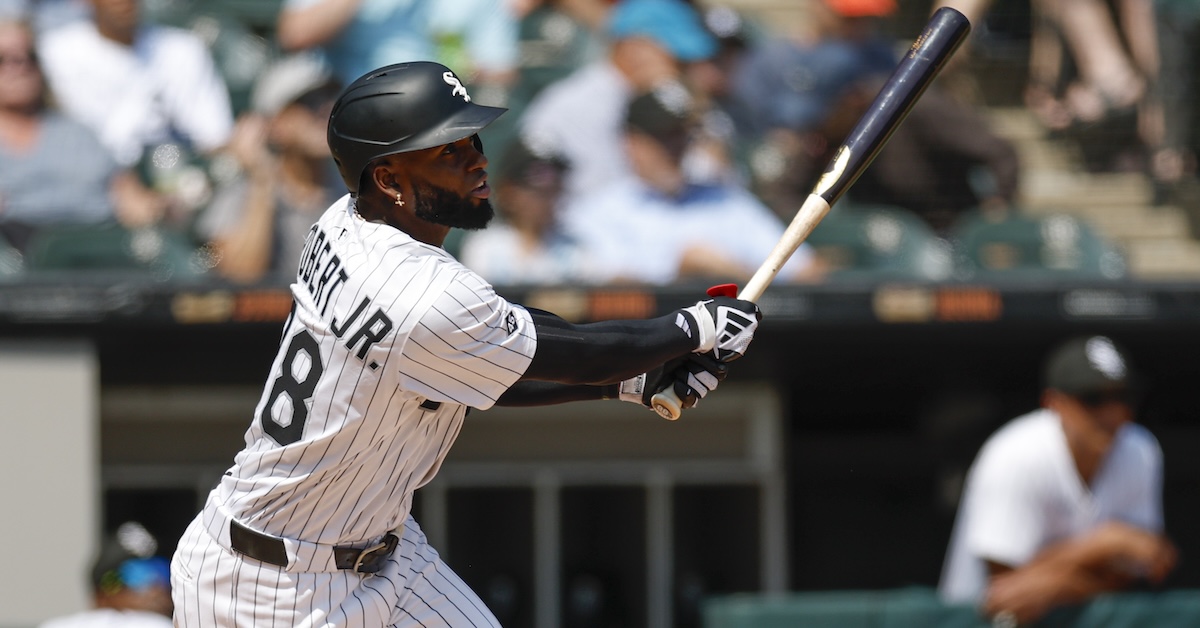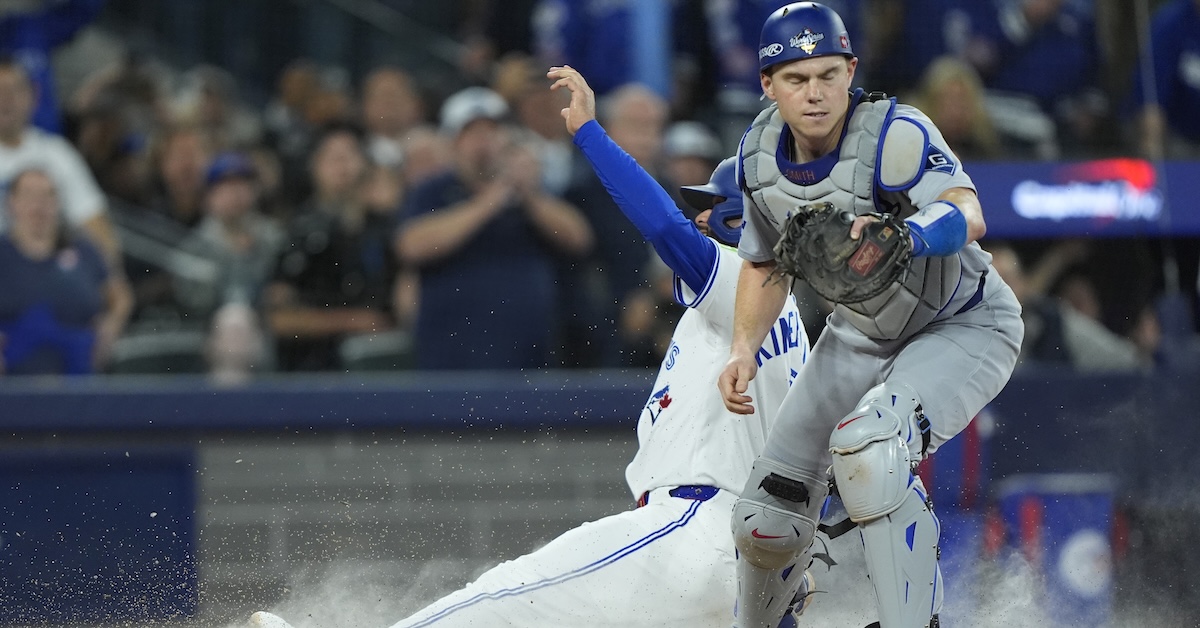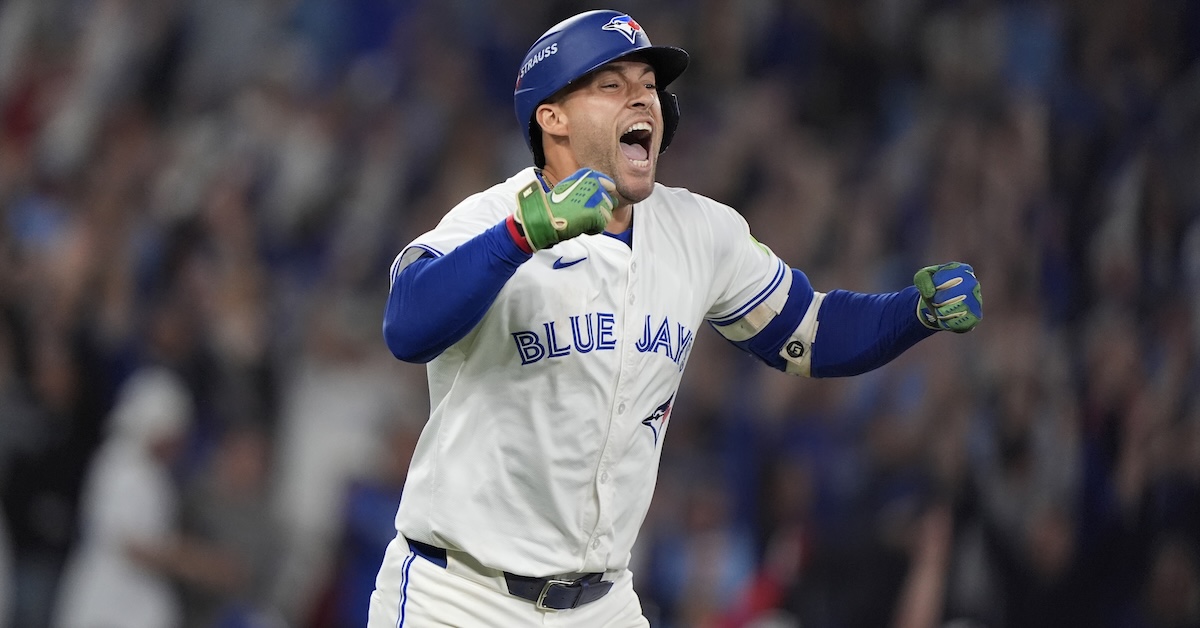FanGraphs Weekly Mailbag: January 3, 2026
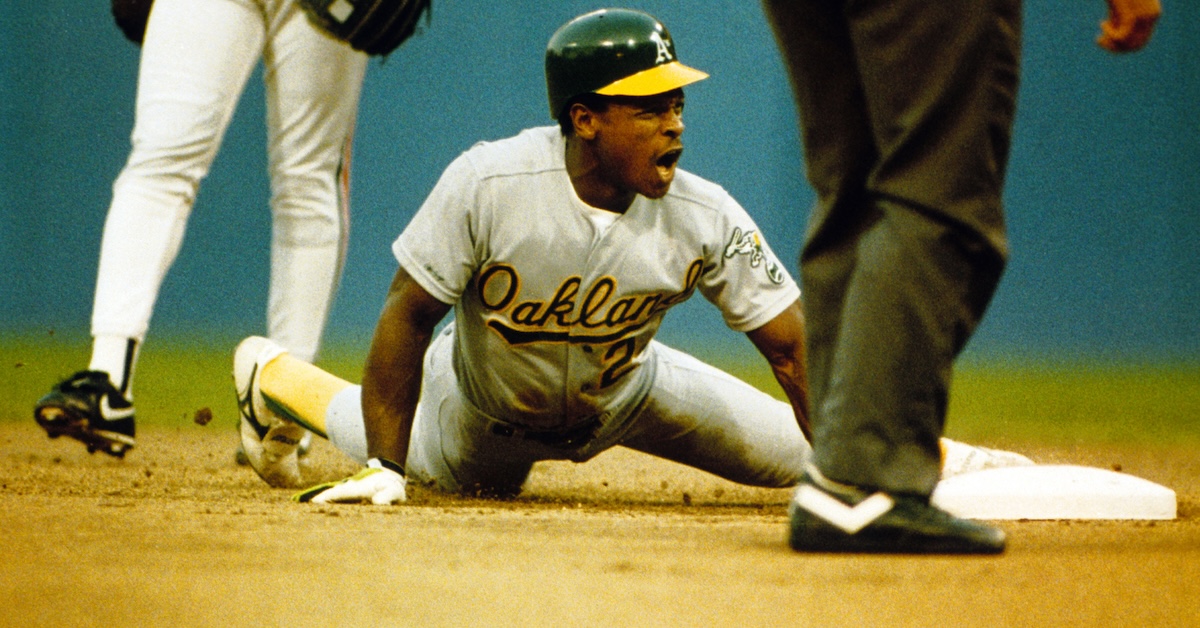
Happy New Year, everyone! I hope you all had a relaxing and enjoyable lobe of the year; now it’s back to reality. As you return to your usual routines and start counting down to Opening Day, rest assured that all of us at FanGraphs are here to provide you with the same entertaining and informative baseball coverage that you’ve come to expect.
Speaking of the coming season, there are still plenty of star free agents left unsigned, including four of the top five and six of the top 10 on Ben Clemens’ Top 50 rankings, so it’s bound to be an eventful two-month lead-up to spring training.
In this week’s mailbag, we’ll answer your questions about the pitchers with the most WAR who never made an All-Star team, why the Hall of Fame matters, the Marlins, and Rickey Henderson’s 1982 season. Before we do, though, I’d like to remind you that this mailbag is exclusive to FanGraphs Members. If you aren’t yet a Member and would like to keep reading, you can sign up for a Membership here. It’s the best way to both experience the site and support our staff, and it comes with a bunch of other great benefits. Also, if you’d like to ask a question for an upcoming mailbag, send me an email at mailbag@fangraphs.com. Read the rest of this entry »

